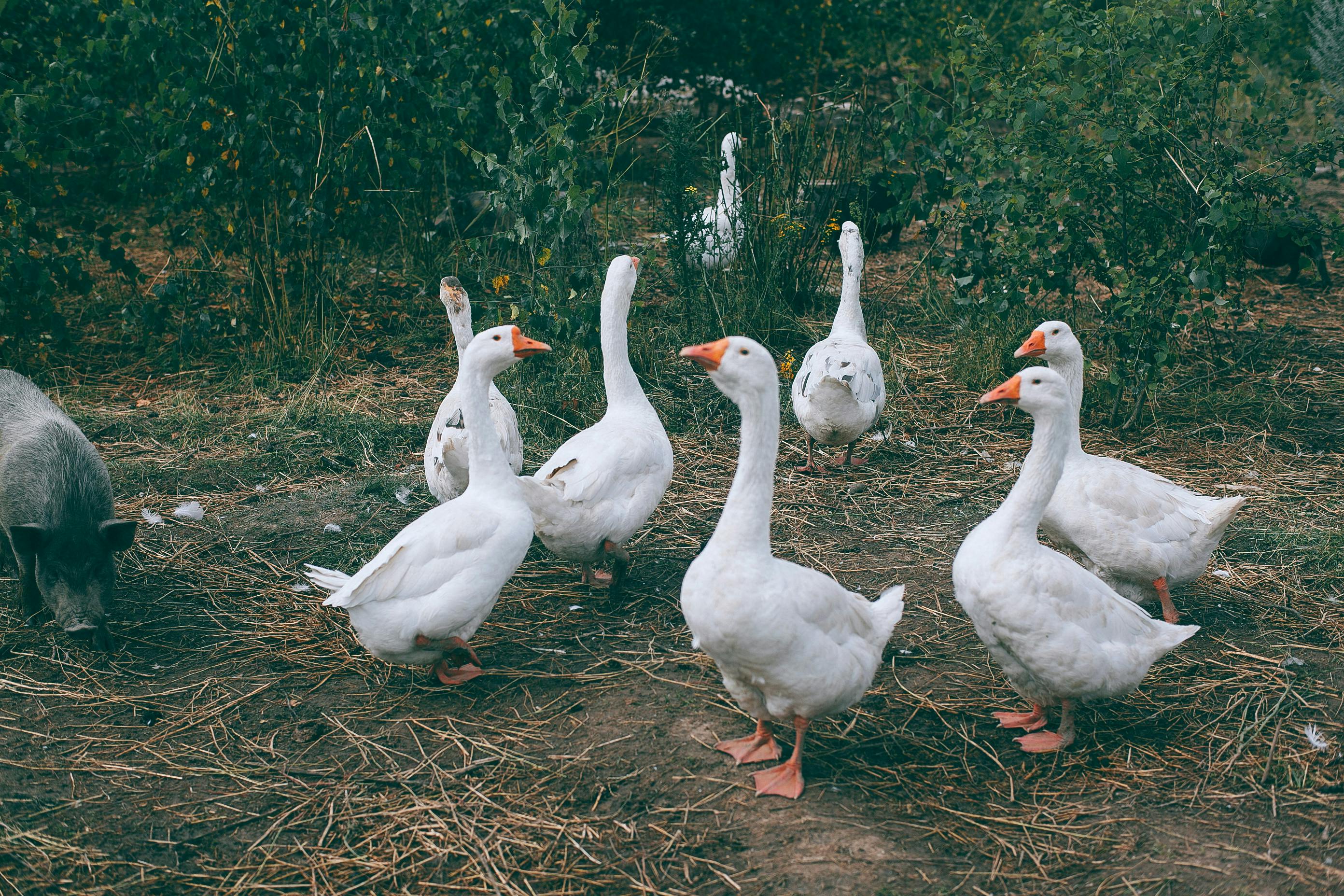Cantaloupe is a delicious and nutritious fruit that is a favorite for many people. It is an abundant crop in many parts of the world, so there is a lot of potential for growing cantaloupe in your own garden or backyard. But how many cantaloupe can one plant actually produce? This article will discuss how many cantaloupe per plant you can expect to harvest from your garden. We will also discuss what factors can influence the number of cantaloupe produced by each plant and how to ensure that your plants yield a plentiful harvest.The amount of cantaloupes you can expect from a single plant will vary depending on the variety of the plant, the growing conditions, and the care provided. Generally, you can expect to harvest 3 to 10 cantaloupes from a single plant.
Environmental Factors
Cantaloupe production per plant is greatly affected by environmental factors such as temperature, sunlight, and water. When temperatures are too hot or too cold, or when there is not enough or too much sunlight, the cantaloupes may not develop properly. Additionally, if there is not enough water available to the plants, they will not be able to grow healthy and produce desired fruit. For optimal cantaloupe production per plant, temperatures should be between 65-80 degrees Fahrenheit and the plants should receive at least 8 hours of direct sunlight each day. They should also receive 1-2 inches of water each week.
Soil Nutrients
The quality of soil can also have a great impact on cantaloupe production per plant. The soil should contain adequate amounts of nitrogen and phosphorus to provide the necessary nutrients for healthy growth and development. Additionally, it should have good drainage so that the plants do not become overly saturated with water. If these criteria are not met, then the plants may suffer from nutrient deficiencies that will reduce their yields.
Pest Control
Pests can also significantly reduce cantaloupe production per plant if left unchecked. Aphids, ants, mites, and other pests can all cause damage to the plants by feeding on them or laying eggs on them which can lead to diseases and infections. To prevent pests from causing damage to your cantaloupes it is important to regularly inspect your plants for evidence of pests and take action quickly if any are found.
Pollination
Finally, pollination is another important factor that affects cantaloupe production per plant. If pollinators such as bees are not present in your area then you will need to manually pollinate your plants in order for them to produce fruit. To ensure adequate pollination it is recommended that you use a combination of both hand-pollination and natural pollinators such as bees or other insects when available.
How to Plant Cantaloupe for Maximum Yield
Cantaloupes are a delicious and nutritious fruit that can be grown in many regions around the world. It is important to have the right soil conditions and planting techniques in order to get the most out of your cantaloupe crop. Here are some tips on how to plant cantaloupe for maximum yield.
The first step in planting cantaloupe is to choose a sunny location with well-drained soil. Cantaloupes prefer sandy soil with a pH of 6.0-7.0. The soil should also be rich in organic matter such as compost or aged manure. Plant the seeds 1/2 inch deep, spacing them 18 inches apart in rows at least 4 feet apart. Water the area thoroughly after planting.
Once your cantaloupe plants have started to grow, it is important to keep them adequately watered throughout the growing season. Water your plants deeply once or twice a week, depending on the weather conditions and amount of rainfall received. Mulching around your plants can help conserve moisture and keep weeds at bay.
Cantaloupes need plenty of nutrients as they grow, so fertilize every three weeks using a balanced fertilizer such as 10-10-10 or 12-12-12. You can also use an organic fertilizer such as fish emulsion or compost tea.
It is also important to provide adequate support for your cantaloupe vines as they grow. Vines need something sturdy to cling onto, so consider growing them up a trellis or fence if you have one available. This will help keep them off the ground and make harvesting easier.
Finally, it is important to harvest your cantaloupes when they are ripe so you get maximum sweetness and flavor from them. To test for ripeness, gently press near the stem end of the melon – if it gives slightly under pressure, it’s ready to pick! Enjoy your delicious harvest!
What is the Ideal Soil Type for Growing Cantaloupes?
The ideal soil type for cantaloupe growth is a well-drained, sandy loam soil with a pH of 6.0 to 6.8. It should have plenty of organic matter, such as compost, manure, or peat moss, and be high in nitrogen and phosphorus. The soil should not be overly dry or wet; if it is too dry, it will cause the melons to become tough and bitter. Too much moisture can lead to root rot and fungal diseases. A good way to check the moisture level of the soil is to squeeze a handful of it; if it stays together after being squeezed but does not drip water, then it is at an optimal moisture level.
How Much Sunlight Does a Cantaloupe Plant Need?
Cantaloupe plants need an abundant amount of sunlight to thrive. They will do best in an area that receives full sun, meaning at least 6 to 8 hours per day of direct sunlight. In areas with hot summers, it is recommended to provide some shade during the afternoon hours to prevent the foliage from burning. Cantaloupes are heat loving plants, so they do best in warm climates where temperatures remain above 65°F (18°C) during the growing season. In colder climates, the cantaloupe plant may need some protection from cold weather and frost. If you live in a cold climate, consider planting your cantaloupes in a greenhouse or other sheltered area for optimal growth and production.
In addition to direct sunlight, cantaloupes need plenty of water and fertilizer. They should be watered deeply and regularly throughout the entire growing season. Fertilizer should be applied every month or two during the growing season to ensure adequate nutrition for optimal growth and production. A balanced fertilizer will provide all the nutrients necessary for cantaloupe growth.

Optimal Temperature for Growing Cantaloupes
Cantaloupes are a popular summer fruit and are relatively easy to grow. However, for successful cultivation, it is important to maintain the optimal temperature range. In order for cantaloupes to reach their full flavor and sweetness, temperatures should be between 70-85°F (21-29°C). Temperatures higher than this can cause the melons to ripen too quickly, resulting in a bland flavor. High temperatures can also cause the fruit to become more susceptible to disease or pests. On the other hand, temperatures below 70°F (21°C) may slow down the growth process, resulting in smaller melons or even failure of the crop.
In addition to maintaining an optimal temperature range, it is also important for growers to maintain adequate soil moisture levels. Cantaloupes require consistently moist soil in order for their roots to absorb enough nutrients and water. If the soil is allowed to dry out too frequently or deeply, this will affect the overall growth and development of the cantaloupe plants. Too much moisture can also lead to fungal diseases that can damage or kill off cantaloupe plants. Therefore, it is important to regularly monitor soil moisture levels and take corrective action when necessary.
Overall, growing cantaloupes requires careful monitoring of both temperature and soil moisture levels in order for them to reach their full potential. The optimal temperature range is between 70-85°F (21-29°C) while soil moisture should be kept consistent but not overly saturated. These steps will help ensure successful cultivation of cantaloupes with sweet and flavorful results!
What Type of Fertilizer Should be Used on a Cantaloupe Plant?
Cantaloupe plants require specific fertilizers to ensure proper growth and fruit production. The best type of fertilizer for cantaloupes is one that is high in nitrogen, phosphorus and potassium. Nitrogen helps promote vegetative growth, while phosphorus and potassium aid in the formation of flowers and fruit. A complete fertilizer with an NPK ratio of 10-10-10 or 12-12-12 should be used during the growing season for optimal results.
Organic fertilizers can also be used on cantaloupe plants, such as compost, manure or fish emulsion. For best results, these should be applied at least once per month during the growing season. Make sure to follow the instructions on the package carefully to ensure that you are not over-fertilizing your plants. If too much fertilizer is applied, it can burn the plant’s roots or cause excessive vegetative growth with little to no fruit production.
It’s important to note that when using organic fertilizers on cantaloupe plants, they will need to be applied more frequently than chemical fertilizers due to their lower nutrient content. Additionally, they will need to be reapplied more often due to their slow release nature. However, organic fertilizers have the added benefit of improving soil structure and fertility over time as they break down in the soil.
No matter which type of fertilizer you choose for your cantaloupe plants, it is important to feed them regularly throughout the growing season for optimal results. Fertilizing your plants at least once per month will help ensure that they get all of the necessary nutrients for healthy growth and fruit production.
Watering Schedule for Cantaloupe Plants
Cantaloupe plants require a regular watering schedule to ensure they remain healthy and produce quality fruit. The best way to water cantaloupe plants is to provide a deep, thorough watering once or twice a week. Watering too often can lead to shallow roots and poor drainage, which can lead to nutrient deficiencies and disease. When watering cantaloupe plants, the soil should be moist but not soggy. If the soil is dry several inches down, it’s time to water the plant.
When irrigating cantaloupe plants, it’s important to avoid wetting the foliage as much as possible. Wetting the foliage can increase the risk of fungal diseases such as powdery mildew and downy mildew. To avoid this issue, it’s best to water at the base of the plant or use an oscillating sprinkler or drip irrigation system rather than overhead sprinkling. Additionally, applying mulch around the base of the plant can help retain moisture in the soil and reduce evaporation from direct sunlight.
Overall, when it comes to water cantaloupe plants it’s important to provide deep but infrequent watering during dry periods in order to promote strong root growth and healthy fruit production.

Conclusion
Cantaloupes are such a versatile and delicious fruit that can be enjoyed in many different ways. The amount of cantaloupe per plant will depend on the variety, as well as other factors such as soil, climate, and growing conditions. Generally speaking, a single plant can produce up to ten cantaloupes. However, some varieties may produce more or less than this number.
Growing conditions also play an important role in determining how many cantaloupes a single plant will yield. If you provide your plants with sufficient water, sunlight, and nutrients, they should have no problem producing an abundant harvest of delicious cantaloupes.
Overall, while there is no definite answer to the question of how many cantaloupe per plant, understanding the variety and taking care of your plants can help you get the most out of your harvest.
With proper care and preparation, you can enjoy your homegrown cantaloupes all summer long!

